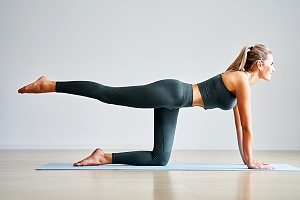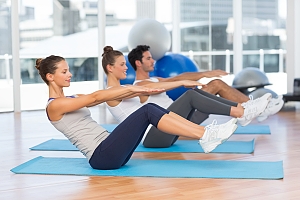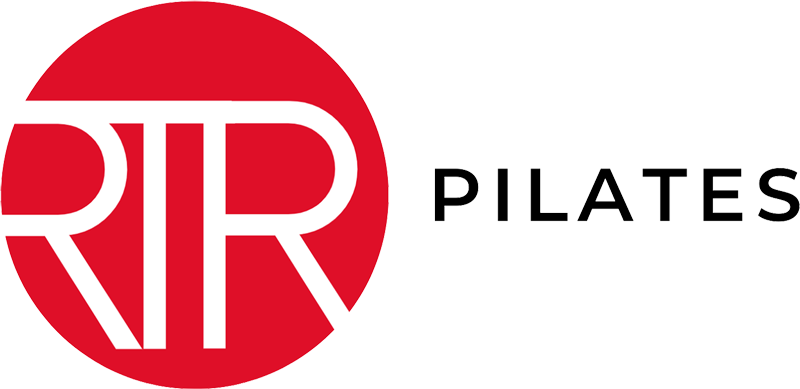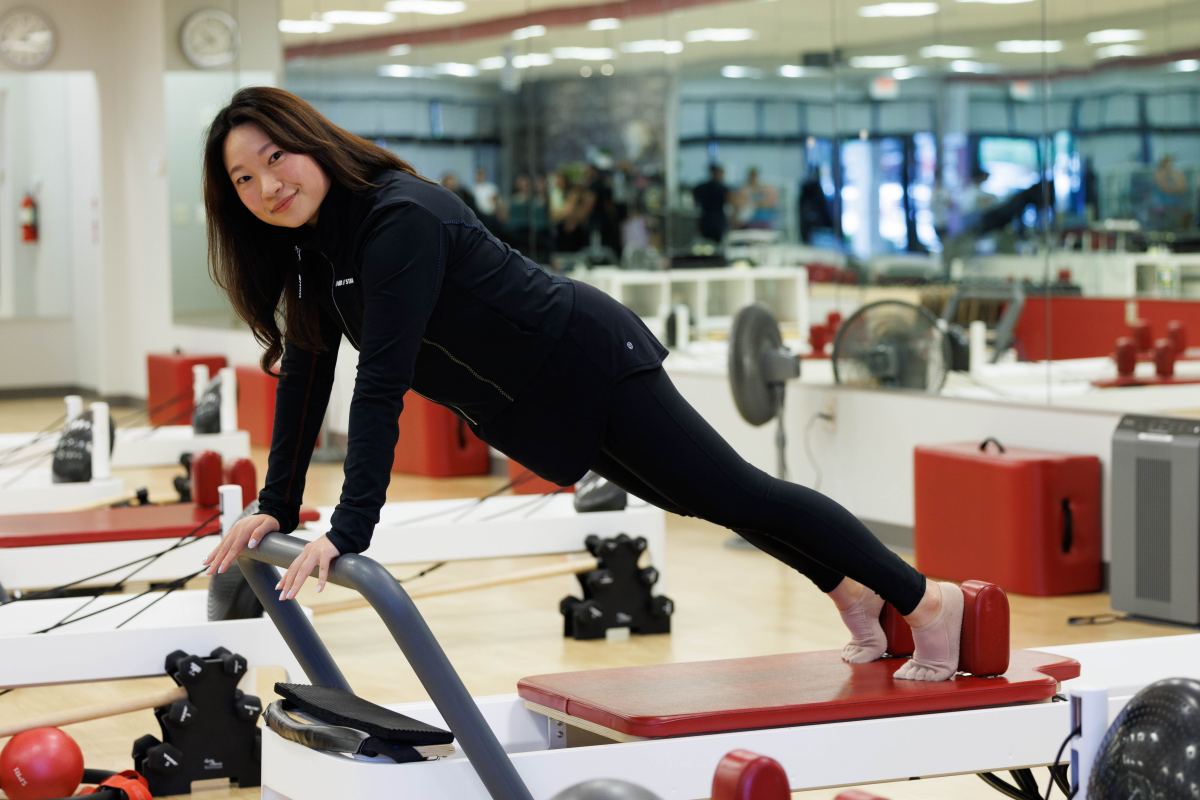 At first glance, Pilates classes may appear to be an unlikely form of active recovery. After an intense workout in another format, you may think the best approach is to rest on the couch, not head to another class.
At first glance, Pilates classes may appear to be an unlikely form of active recovery. After an intense workout in another format, you may think the best approach is to rest on the couch, not head to another class.
However, Pilates provides the perfect low-impact exercise to aid the body’s recovery from vigorous training. The focused movements help increase circulation and flexibility without overexerting muscles, making it an ideal active recovery activity.
Why Active Recovery Matters
Before exploring how Pilates facilitates active recovery, it helps to understand why active recovery matters in the first place. Vigorous exercise causes small tears in muscle fibers as well as the buildup of lactic acid.
This muscle damage triggers inflammation, which leads to the soreness felt in subsequent days. While you may want to immediately rest post-workout, keeping your muscles lightly active better supports the repair and recovery process. Active recovery boosts blood flow, delivering oxygen and nutrients to damaged areas.
This helps reduce inflammation and clear out lactic acid. Light activity also promotes the removal of cellular waste and prevents muscles from stiffening up.
Maximizing Pilates for Active Recovery
Pilates is an ideal active recovery workout for several key reasons:
Full-Body Engagement with a Wide Range of Motion
Pilates emphasizes fluid, controlled movements that take joints through their complete range of motion. You strengthen and stretch muscle groups throughout the entire body. This keeps blood circulating to all areas without overtaxing any one in particular.
Low-Intensity Yet Challenging
A session with RTR Pilates provides challenge for the muscles by integrating bodyweight resistance, spring tension, and unstable bases, but the measured, deliberate pace keeps exertion low.
Heart rate and breathing remain steady rather than spiking which occurs with cardio. The workout offers just enough intensity to promote active recovery without further fatigue.
Modifiable for Different Needs
Thanks to the variety of Pilates equipment and exercises, workouts can be customized across fitness levels. For recovery days, take a Level 1 or Level 1+ class at RTR Pilates.
As always, let your instructor know if you are struggling with certain movements and they can guide you through modifications and spring adjustments.
Up the repetition count rather than forcing more difficult moves and acknowledge your body’s limits, avoiding anything that causes discomfort. The focus should be activating muscles gently, not pushing to exhaustion.
Full-Body Integration and Balance
Rather than isolating muscle groups, Pilates emphasizes full-body integration, engaging both smaller and larger groups simultaneously.
The goal is overall strength and balance between muscle pairs. This holistic approach provides an excellent counterbalance to strength training, which often targets specific areas.
Emphasis on Precision Over Pace
In Pilates, proper breathing, form, and control take priority over speed and heavy output. Endurance is increased by holding positions and completing more reps versus increasing the pace.
This makes it easy to keep your heart rate in check during active recovery sessions. If you feel yourself getting winded, slow down the movements.
Mental Engagement and Mindfulness
Beyond the physical challenge, Pilates requires intense mental focus and concentration. Coordinating the mind-body connection maintains proper alignment and control. This boosts mindfulness which lowers stress levels and provides a mental break from more intense training.
Implementing Pilates Active Recovery
Now that you understand the unique benefits Pilates provides, how exactly should you implement it into your training routine? Here are some tips:
- Schedule Pilates workouts on rest days between weightlifting, HIIT, or other strenuous sessions. The Pilates approach allows muscles to recover while remaining active.
- Focus on full-body stretching and stabilizing exercises. Side leg lifts, leg circles, and shoulder bridges work well.
- Keep your heart rate under control by avoiding high cardio exercises.
- Slow everything down and pay attention to form. It’s not about knocking out 100 moves quickly. Move smoothly and deliberately, with care and control.
- Finish workouts with extended stretching and foam rolling, further aiding muscle recovery and release of lactic acid.
- Pay attention to how you are feeling. If certain exercises cause pain or discomfort, avoid them. Recovery means letting the body heal.
Signs You Need More Recovery
With a properly balanced training program, Pilates for active recovery is sufficient for most people. However, the body does give signals when you need to take a day completely off. Watch for signs that you may be overtraining and need extra rest:
 Constant heavy muscle soreness that interferes with daily activity
Constant heavy muscle soreness that interferes with daily activity- Lack of energy, irritability, and other signals of excessive mental fatigue
- Frequent illness or injury indicating a run-down immune system
- Being unable to fall asleep or stay asleep at night
- Waking up tired even after sleeping through the night
- Resting heart rate trending upward rather than downward
- Plateau in performance gains or inability to complete workouts fully
Enjoy Effective Active Recovery with RTR Pilates Classes
Active recovery helps you adapt, strengthen, and increase fitness by stimulating blood flow and circulation without further taxing the body. When it comes to active recovery workouts, Pilates offers an unparalleled total-body option.
The measured, mindful movements restore the body gently while still engaging muscles through a wide range of motion. RTR Pilates offers classes for every fitness level.
On your next recovery day, try one of our gentle beginner classes focused on full-body stretching and stabilization. Contact RTR Pilates today to learn more about our range of Pilates classes to meet your needs.

